House hydrangea will decorate your home, because white, pink, blue or blue flowers look very comfortable. In room conditions, hydrangea reaches 1.5 m in height, the main growth of the plant occurs from spring through autumn, and in the cold season, the hydrangea flows into the hibernation. At home grown large or jasmine hydrangea, caring in a pot on the windowsill. Most often, the plant grown in conditions of the house is inferior in the size of the street, but with proper care it can flourish with large colors.
Hydrangea: Description of the flower and methods of growing in the apartment
Hydrangea is a perennial shrub, and at home the flower lives 3-4 years. On the windowsill, you can grow hydrangea to 1 m in length, its color will depend on the acidity of the soil.
There are 3 ways to grow hydrangea houses:
- Soldering from seeds. The seeds lay on the surface of the soil, slightly sprinkle the earth, cover the pot with glass or film, removing it once a day for 30-40 minutes. After the commandment of the first germs, the glass is cleaned, they wait for the first two sheets and peel the hydrangea to the pots with a diameter of 7 cm.
- Decision bush. The easiest and painless method of breeding. In the spring, hydrangea is taken out of the pot, the bush is separated on the part so that each new plant has a root and growth point. Before seating the bush, the roots are shortened, water and fall asleep with a layer of substrate peat. The work is carried out in the spring, so that the part of the bush is perfectly strengthened in the soil.
- Shining. It is produced in January-February to get a multi-speed bush. The shore, spent in the spring, will lead to the fact that the hortensia bush will be single-way. The cuttings are cut from roasting shoots, their length is from 7 to 9 cm, be sure to up to 3 intercosals on each cutken. After trimming, the resulting cuttings are treated with a root stimulant, which is applied to the slice, rooted in a peat and sand substrate. Full rooting occurs within 3-4 weeks.
Lighting and temperature in the cultivation of room hydrangea
With too bright light on the flower sheets, white spots are formed, with dim lighting, the growth of hydrangea is almost stopped. Roomflowers of hydrangea are very fond of light, so the colors with flowers are recommended to be placed on the southern windowsides, having prolonged them from direct sunlight. To create the shade, you can use cardboard that will protect the leaflets and flowers of hydrangea from burns. You can also install the Vase with room hydrangea in 3-4 m from the window.
The most picky variety is the hydrangea jasmine room, the care of it turns into a real test. During warm days, the plant requires a temperature not lower than +15 s, but not higher than +25 S. And on the winter days, the Vazon with jasmine room, hydrangea is installed on a dark window sill, putting a piece of foam. The supercooling of the roots leads to the death of jasmine species.
Temperature mode for hydrangea after flowering period is reduced to 7-10 s, carrying a flower into a dark room. Such an atmosphere is necessary for a room plant hydrangea to restore forces. If you do not comply with the cold wintering, the plant will not bloom the next year. In the coolness, Vazan is worth about from late October until the end of February, and when the kidneys begin to wake up, the hydrangea is returned to heat again. 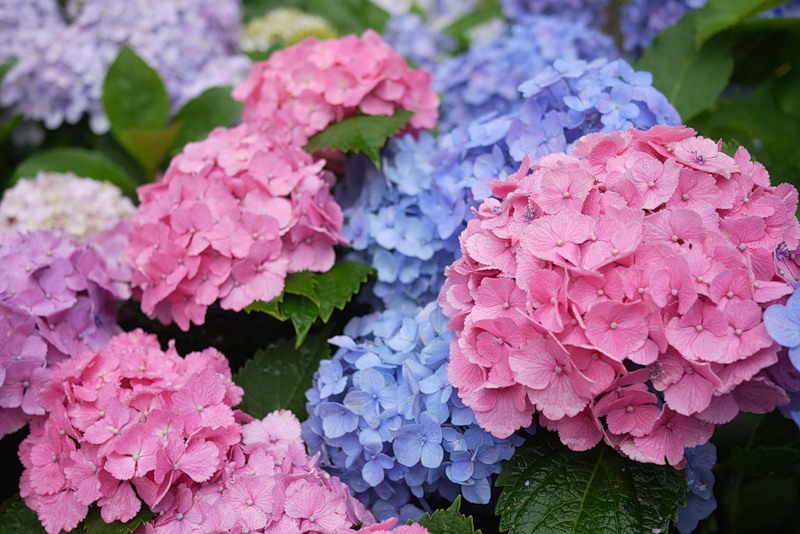
Watering hydrangea in room conditions and air humidity
The second stage of mandatory care is abundant watering of hydrangeas. For watering, use the remaining, rain or talu water. 1-2 times a month, the flower is watered with acidified water: 5 drops of lemon juice per 1 liter of liquid, without acidic water sheets of plants yellow.
Watering scheme depends on the season:
- In summer, watering abundant, unacceptably drying up the top layer of the soil.
- In autumn and spring, watering is produced 1-2 times a week in moderate mode.
- In winter, the hydrangea is rarely watered, excessive humidity leads to rotting the root system.
In addition to irrigation, it is worth watching the humidity of the air, in the summer, 1-2 times a day will have to spray hydrangea from the spray gun. Without spraying with low humidity, room hydrangea dries. 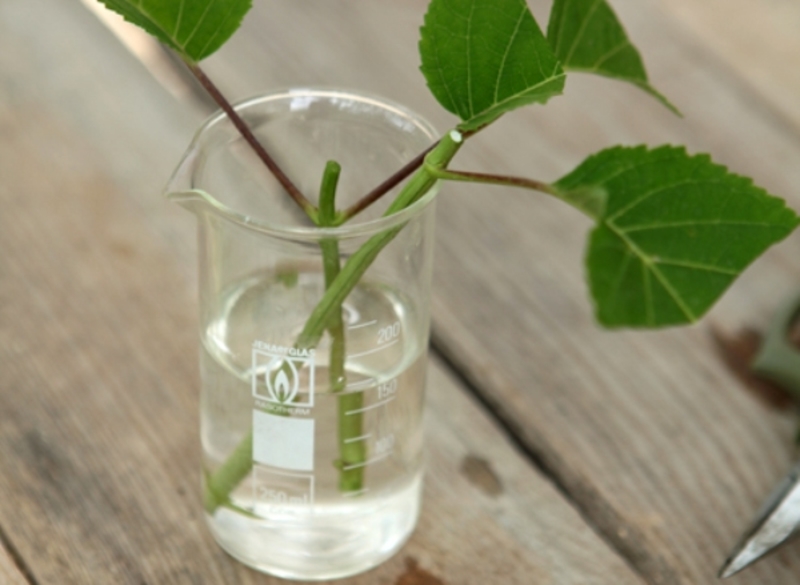
Facing and fertilizer room hydrangea
Caring for hydrangea room includes making feeding during the actual growth of the plant. Making the first fertilizers is made at the end of February, when the flower allows new shoots, and then produced 1 time in 2 weeks. For hydrangea, a comprehensive feeder is suitable for flowering plants.
To get a colored hortensia bush worth making 2 types of fertilizers from different sides of the pot:
- Ammonia-potassium alum at the rate of 10 alum on 2 liters of water. Alum can be replaced with iron salts. As a result, the inflorescences will become blue.
- On the other hand, the vase is added to lime, with the result that the inflorescences acquire a lilac shade.
- To obtain a homogeneous blue hydrangea, it is sprayed with a solution of aluminum lemon acid (50 g per 1 liter of water).
- In the soil with neutral pH grows snow-white or cream hydrangea.
This unique plant property is due to the fact that hydrangea accumulates aluminum. The minimum soil oxidation betray the colors of hydrangea bright color, and for oxidation, peat, sawdust or coniferous substrate can be used for oxidation, and ash or lime is suitable for reducing acidity. 
Road hydrangea trimming
Home Hydrangea, as well as garden, also need to trim, eliminating the plant from weak escapes. Pruning is produced 2 times a year:
- Autumn. After flowering, all the weak shoots are removed, and with a strong cut half.
- Spring. Spring trimming is necessary to remove strongly elongated and weak shoots.
Recommends to cut the top of the hydrangea to form a lush bush of the right form. 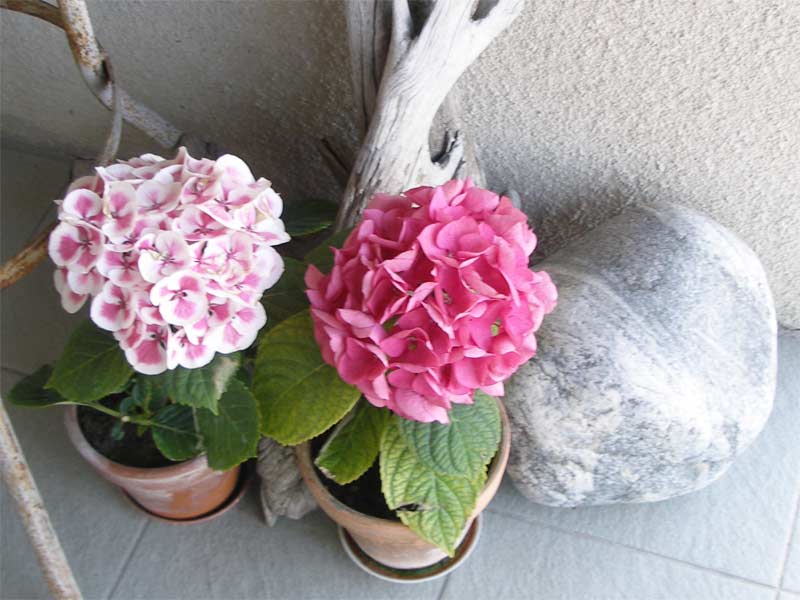
Guest Domestic Transfer
As a room flower, hydrangea lives 3-4 years, after which it is necessary to grow a new flower. Home hydrangea needs an annual transplant that provides lush flowering. Planting room hydrangea is carried out in the soil consisting of such parts:
- 0.5 sand.
- 1 part of the leaf land and peat.
- 2 pieces of turf land.
In the soil for transplanting, it is not recommended to use humidia, and each pot with room hydrangea will equip a good drainage. Sea pebbles or clamzite use as drainage. The new pot for hydrangea should be wide, because the plant is not a root, but in width, and 1.5 times exceed the previous vase.
Given the hydrangea method of transshipment: Drainage is made in the pot, ½ part of the substrate are poured, the plant rolls up, fall asleep the remaining soil, following the root neck of the hydrangea in the soil.
After transplanting the substrate moisturize, covering it with a peat layer. The latter will prevent the rapid evaporation of moisture. The transplant is carried out in the fall, after the flowering period. 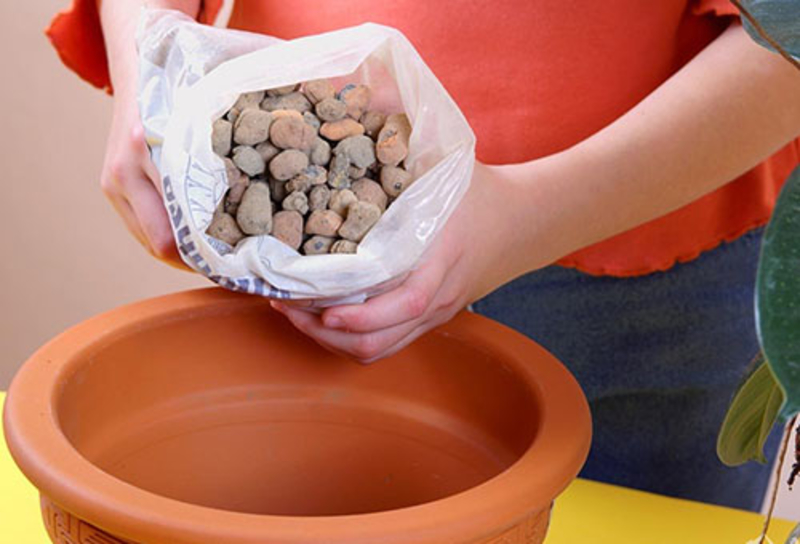
Pest of room hydrangea
Care at home for hydrangea room is to protect the plants from such pests:
- Aphid. The deliverance from the pest is performed by wiping the leaves with soap solution or accuteral.
- Nematode stem. From this pest, the plant can not be saved, it is recommended to throw it away, otherwise the pest will switch to neighboring vases.
- Cute tick. You can get rid of the tick by spraying the plant with clean water. If the hydrangea suffered too much, then it is necessary to treat it with accomplist.
Diseases and the consequence of incorrect care of hydrangea
Hydrangea diseases most often provokes improper care, while growing hydrangea at home you may encounter such problems:
- Excessive watering provokes the formation of root rot. To get rid of this ailion, the root system is treated with burgundy liquid.
- Yellow leaves of hydrangea mean that the plant does not receive enough water, it has a lack of nitrogen or it suffers from chlorosis (high alkaline soil).
- It will dry hydrangea with irregular summer spraying or lack of feeding. Also the cause of drying is the injury of the root system during the transplantation process.
- Fitting leaves. This is another stage of drying in order to save the plant moisturize the soil, its sheets and air in the room.
- The absence of flowering indicates that the hortension for the winter did not resist. If the plant winterized near the hot heating pipe in a warm room, then the flowering in this season should not be waited. This plant needs a full-fledged rest in a dark and cool place for 90 days, as in natural street conditions.
Summing up, it is worth saying that the care of hydrangea home consists of 3 basic rules:
- Watering and fertilizer.
- Proper content, including winter holidays in the cool.
- Proper transplantation and pest prevention.
If you follow these recommendations, a bright, beautiful flower will delight you for 3-4 years.

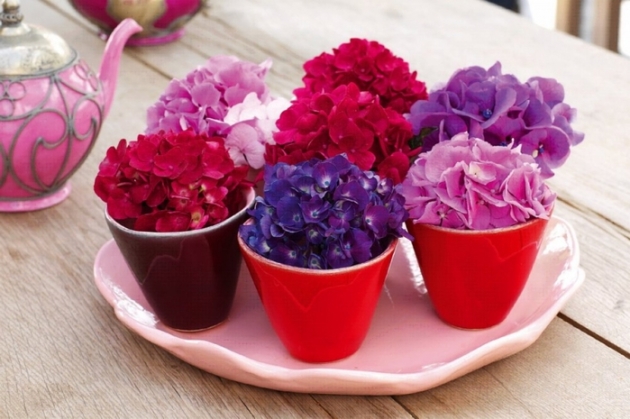
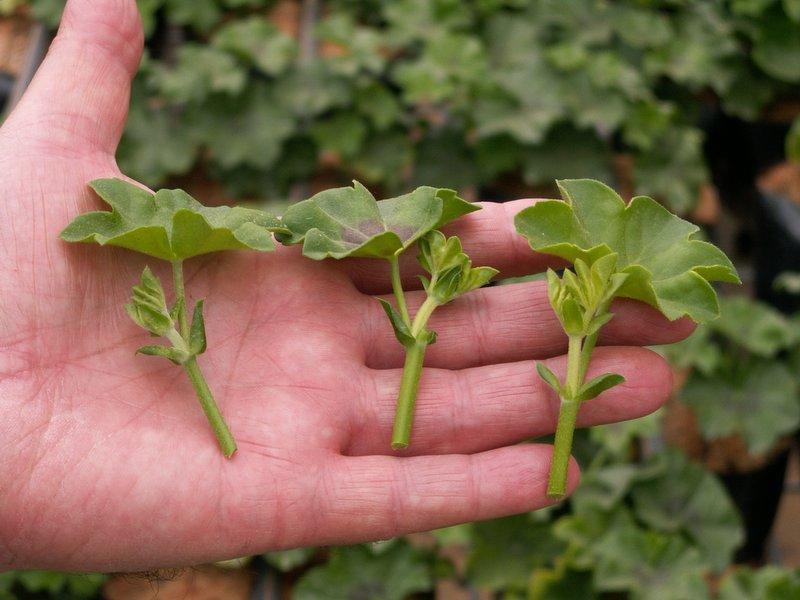
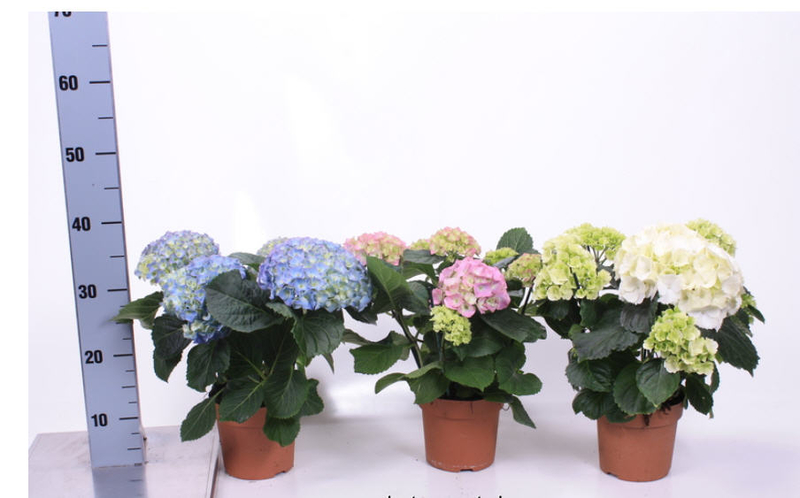
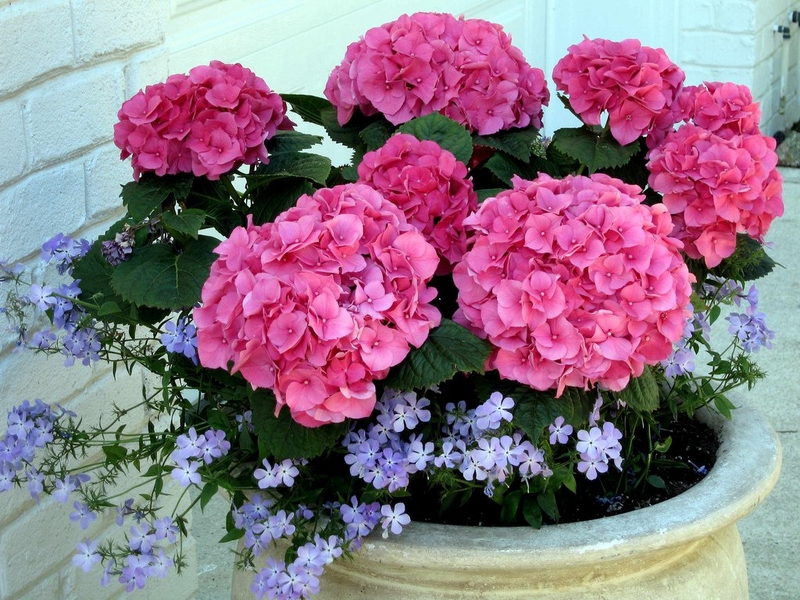





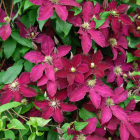
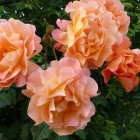

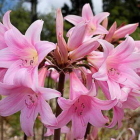
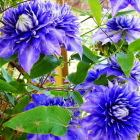
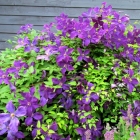
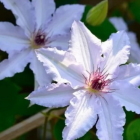
 Start a discussion ...
Start a discussion ...